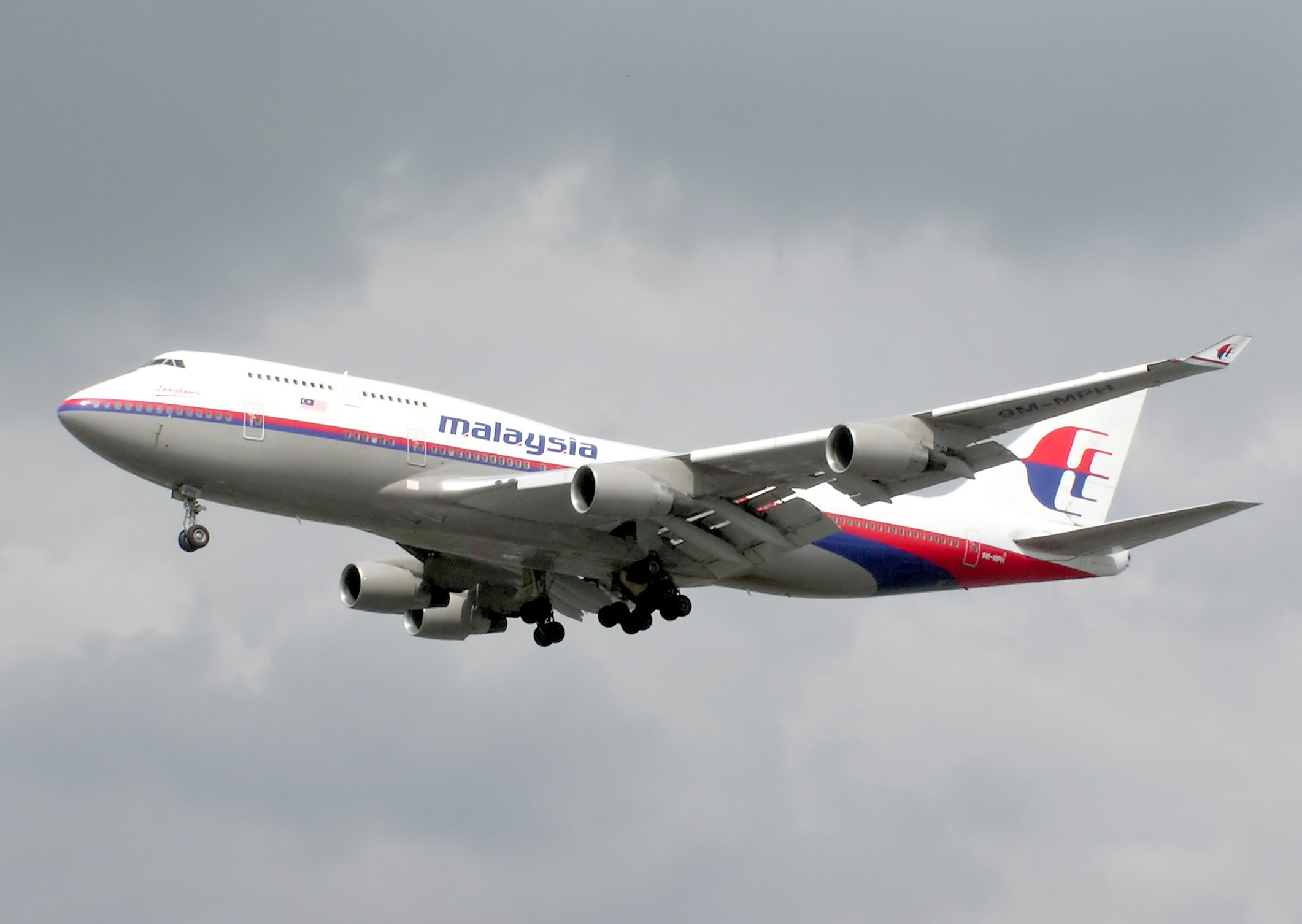 By: Korey Boehm
By: Korey Boehm
More than two weeks have passed since Malaysia Airlines Flight MH370 disappeared without a trace on its journey from Kuala Lumpur to Beijing. In that time, more than 26 countries have contributed ships, planes, and intelligence capabilities to the largest-ever multinational air-sea search. While there have been significant developments in the investigation, the plane’s exact whereabouts remain unknown, despite the conclusion that it ended up in the Indian Ocean.
Anytime loss of life is potentially involved, it is natural to feel a sense of heartfelt grief for the victims and their families in addition to the fear that such catastrophes are still possible in modern aviation. The mystery of Flight MH370, however, has brought an added uneasiness that despite the marvels of modern technology, a commercial airliner can still somehow vanish. This notion seems so foreign to what Farhad Majoo of The New York Times calls, “the hallmark sensation of our time, the certainty that we’re all being constantly tracked and that, for better or worse, we’re strapped to the grid, never out of touch.”
The past two weeks have seen countless aviation and technology specialists take to the television and radio waves to clarify what we all previously thought unfeasible: that there are still areas of this planet where you are not being watched. This is because the routes of commercial planes over the ocean extend beyond the range of radar. While an on-board device called a transponder can track a plane’s location, this device can either malfunction or simply be turned off by the pilot, as is thought to be the case with Flight MH370. Remote regions of the ocean obviously lack Wi-Fi or cell phone service, meaning that passengers’ cell phones are unable to report their positions. A commercial airplane over the ocean is effectively “off the grid,” and as this incident has revealed, it is very possible for the jet to quickly disappear from the world’s collective view.
For completely understandable reasons, many individuals feel “trapped” by the advancement of modern technology. In today’s day and age, it seems impossible to truly disconnect yourself to the point that your boss is incapable of messaging you an assignment, where anyone else’s problems are unable to become your own. This ignores a bitter reality, though; location tracking makes the world more convenient and more importantly, much safer.
Last week, former National Security Agency contractor Edward Snowden revealed that his former employer has been recording all phone calls in an unidentified foreign country. This has only strengthened the cries of those who condemn the use of technology to keep tabs on private citizens. However, the disappearance of MH370 raises the question: is there not some comfort in having one’s location constantly tracked? Furthermore, are the limits of the world’s technology actually greater than we collectively anticipated?
Flight MH370 also highlighted significant faults in standard aviation procedures, which many fear can be combined with the technological shortcomings in potential attacks in the future. In order to effectively disappear from radar without creating a stir, the flight took advantage of a roughly 10-minute time period in which it departed Malaysian airspace and entered Vietnamese airspace. After signing off with Malaysian air traffic personnel, both the plane’s transponder and communications systems were disabled as it turned around and flew west back over the Malaysian Peninsula. Because the plane had signed off with Malaysian air personnel, the airline was slow to report it missing, and satellite data later indicated that it flew for up to five hours after its last contact.
The plane is believed to have been picked up by military radar in Thailand, but hesitant (at best) cooperation between many of the south Asian countries has hindered the investigation’s efforts to collect all necessary information. Making matters worse, it is now known that many countries in the region, not on any high military alert, only turn on their radars on a need-to basis, meaning the plane could have easily flown through the region without a trace. There have also been several theories floated as to the possible causes of MH370’s disappearance, including the very realistic scenario that the plane’s radar signature could have been “swapped” mid-air with another plane’s, confusing radar on the ground.
If someone wanted to commit a terrorist attack by way of a commercial airliner, all they had to do was watch the media coverage of the event at any time during the last two weeks. It is now clear to them, and to the world, that it is extremely possible and feasible to successfully divert a commercial jet without alerting radar. Just as evident is the fact that the world’s technological capabilities still have limits, and they can be taken advantage of.
The disappearance of Malaysia Airlines Flight MH370 is a mystery, the likes of which were not thought to be possible in 2014. We are knee-deep in the Information Age of surveillance, pinpoint GPS tracking, and “of intelligence agencies that can monitor terrorists from space or call in a drone strike from a control console on the other side of the world.” Nevertheless, the collective technological efforts of the planet have proven impotent in locating a commercial airliner, ironically one of the greatest technological innovations of the past century.
Until the plane is found and a thorough analysis can be done, we will not know exactly what happened and how to prevent similar occurrences in the future. However, we can already learn extremely important lessons from Flight MH370 and its subsequent investigation. Despite our best efforts, the world’s technology is not without its limits, and we need to be wary that they can indeed be used against us.


